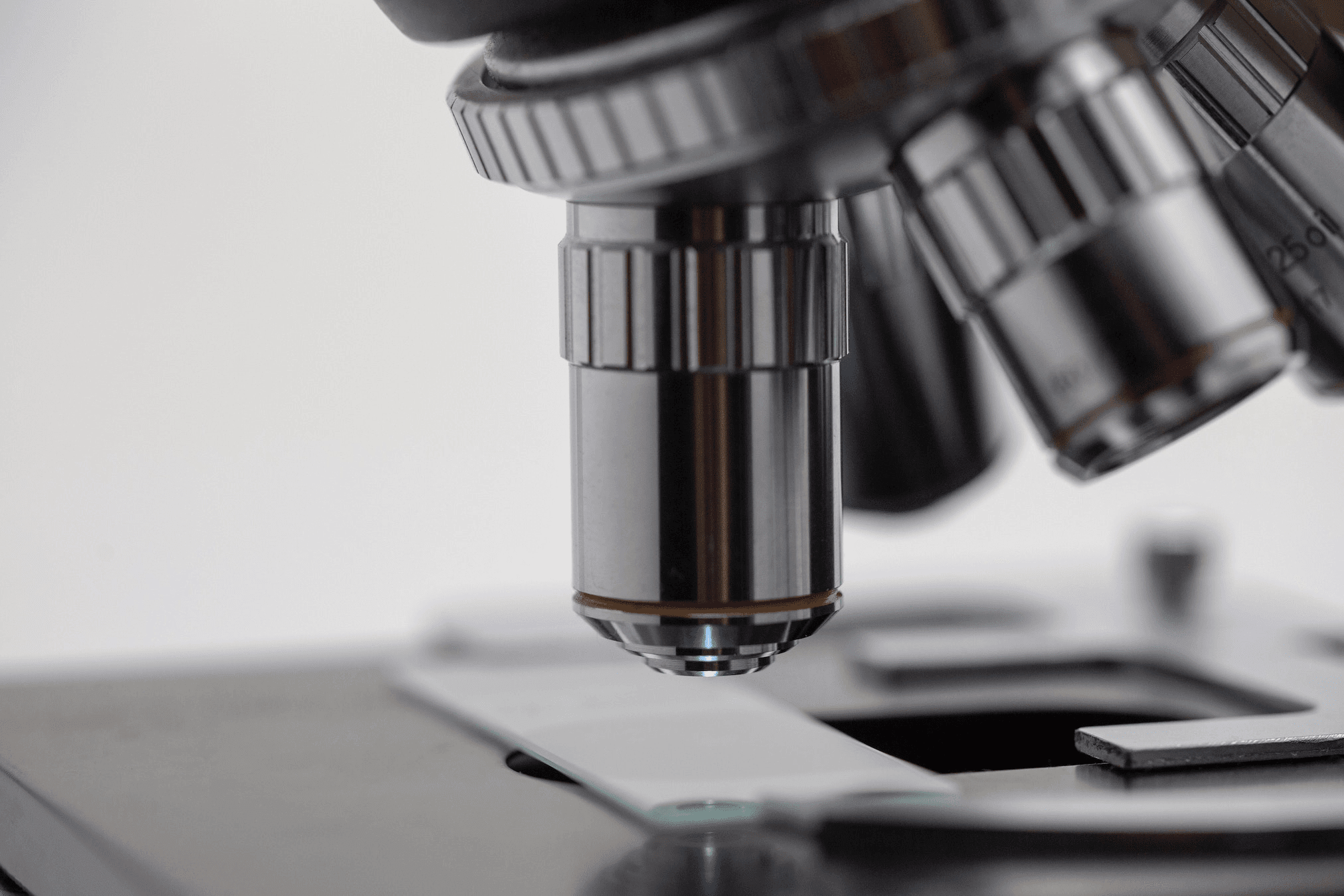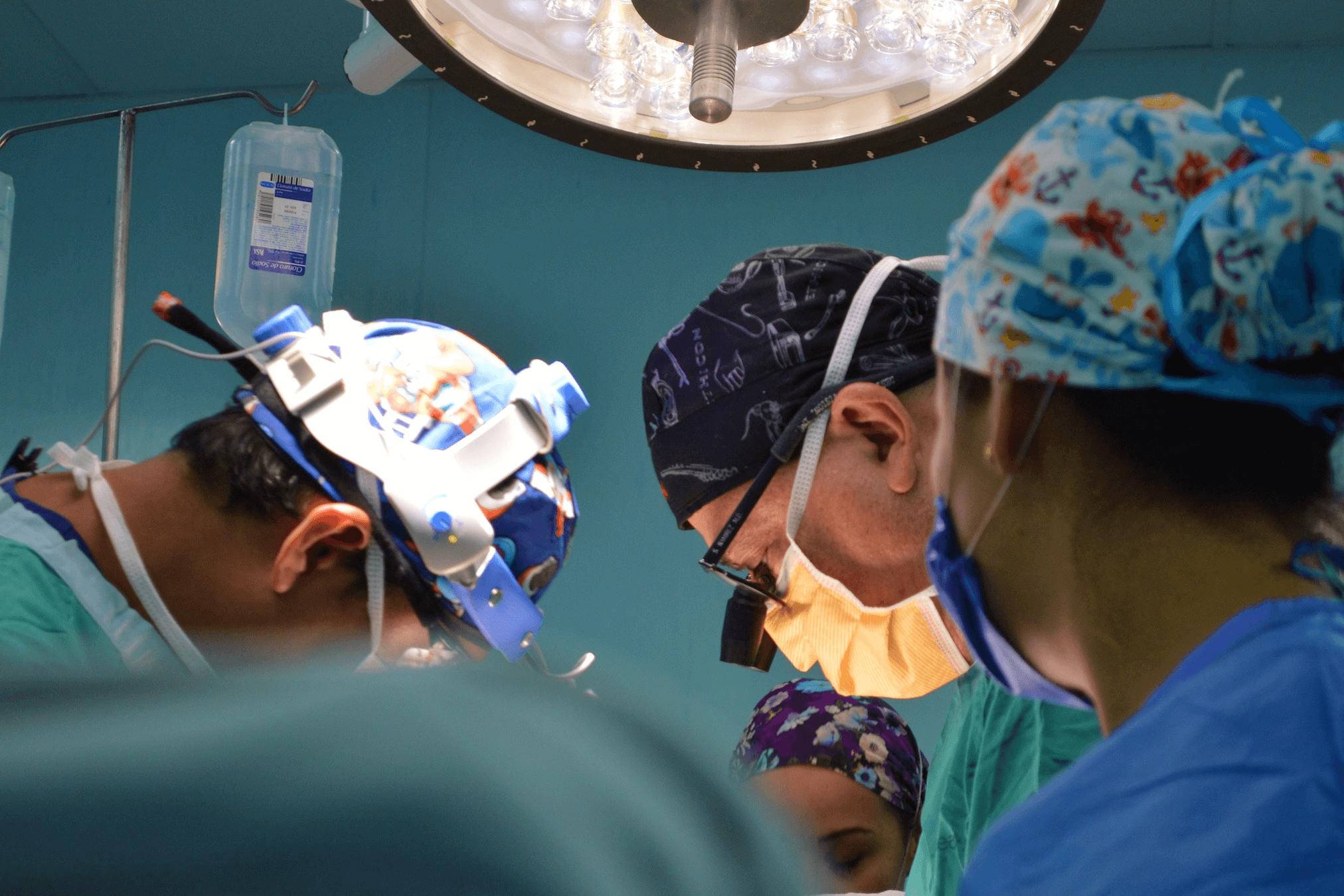Growing new organs
The demand for organ donation increases every year, but the tissue available for donation remains static. Dr Kelly Smith, during her PhD, was in the place where surgeons performed Australia’s first split liver transplant. They were trying to get more out of the organs that they had, and Dr Smith thought ‘we should be making these’. She had found her research passion. She is now leading a team of developmental biologists studying how the embryo forms from a single cell to a living, functioning organism.

The focus of their research is the heart. Heart attack and cardiac arrest is the biggest killer in the western world. Heart rhythm dysfunction (tachycardia) affects 5% of the aged population and arrhythmias 2% of under 65–year–olds. Cardiomyopathy, where the heart becomes enlarged and thin, is responsible for many sudden deaths. Congenital heart defects affect 1 in 110 babies.
“How does a heart grow? How do the first cells in an embryo develop to form a beating muscle that pumps blood throughout the body?” said Dr Smith.
It was during her PhD, in the place where surgeons performed Australia’s first split liver transplant, trying to get more out of the organs that they had, that Dr Smith uncovered her research passion.
“I thought ‘we should be making these’. Understanding how the very first cells in an embryo become organ cells and understanding how that organ develops is the first step in creating or healing that organ.
“Once we know what is causing the problem, we can look at strategies for how to fix it.”
Six new genes discovered – and what they mean for heart health
The Smith Laboratory, which is part of the University of Queensland’s Centre for Cardiac and Vascular Biology (CCVB), conducts their research using Zebrafish. They create a fish version of a patient (an avatar) with a particular gene mutation and monitor what is happening within the embryo. Through this process, with a very large sample of fish over a two–year period, the research team and collaborators screened over 400 families of fish with gene mutations. They found six new genes that have never been described before.
Dr Smith’s research team discovered a gene that may be necessary for proper cardiac rhythm.
“When we knock this gene out in fish avatars, their hearts skip a beat – they have cardiac arrhythmias. It’s early days, but we might be looking at something that we could target with a drug.
Another exciting new discovery is a gene that is influential in the ‘scaffold’ that both holds the cells of the human body together, and allows them to communicate with each other. It’s called the extracellular matrix, and its present in all tissues and organs.
“Our bodies are made of cells that are like bricks in a wall. The extracellular matrix is like the mortar that holds the cells together. It also provides a way for the cells to communicate with one another. We discovered a gene that makes a protein, which we think degrades one particular component of the matrix.”

The solutions of the future
The value of understanding also goes beyond finding a solution.
“We can screen embryos for heart defects, and we can diagnose it. We can provide parents with peace of mind that the problem with their baby was not something they did wrong during pregnancy – it is genetic. We can also inform them of the risks of it being passed on again.”
“I’ve always been a fan of science fiction. And while I don’t think there will ever be a pill that can fix everything, I do think once we know how things work, we will find solutions to many problems.”
Gene editing, where we go in and correct genetic errors in our makeup, is a long way away. We first need to understand exactly what the role of every gene is and the repercussions of making any changes. But with the progress being made by research like that of the Smith Laboratory, the possibility is no longer science fiction.
The CCVB brings together eight different research laboratories, including the Smith Laboratory, with a focus on research excellence in cardiac and vascular biology. Collaboratively, they study several different aspects of cardiovascular development, regeneration and disease.